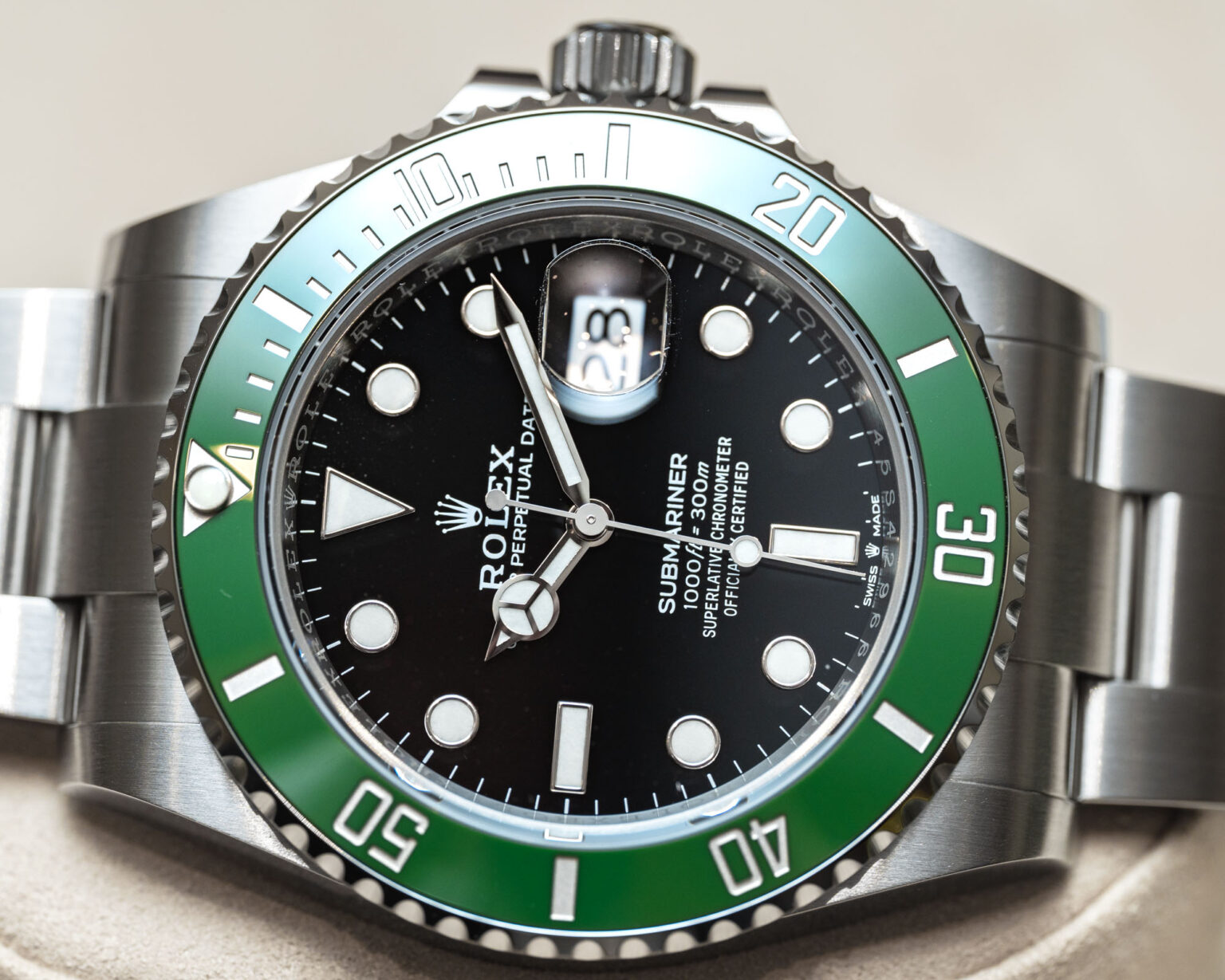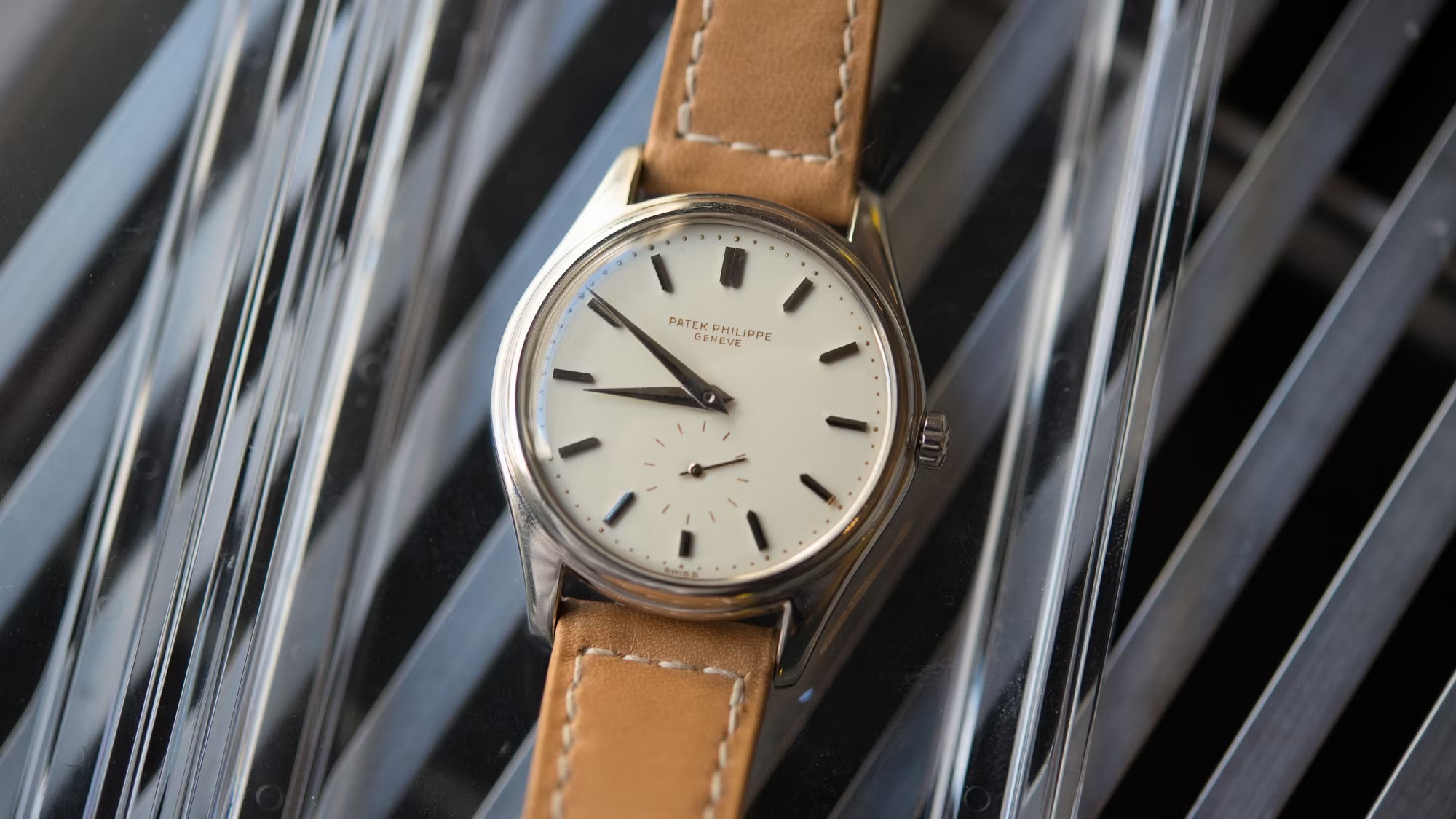In a recent interview, Rolex CEO, Jean-Frédéric Dufour, declared, after it was pointed out to him that a while back, ‘watches were seen more as an investment than a dream,’ that he does not “like it when people compare watches to stocks. It sends the wrong message and is dangerous. We make products, not investments.”
The state of today’s luxury market
Mr. Dufour’s rather sharp retort makes sense, even though it sounds counterintuitive. After all, a major reason why certain luxury goods are more popular than others is simply because they are not only able to retain their value both financially and as status symbols, but they are also highly sought after years after their original release. Having such a product as part of their portfolio is also partly what keeps legacy brands in business.

But as Jean-Frédéric has pointed out, there are ‘dangerous’ consequences when consumers treat luxury items as an important part of their successful investment portfolios.
Between 2020 to 2022, the luxury market was riding on a ridiculous high. Nearly every business, from auto to fashion, lifestyle and timepiece brands, was reporting unprecedented profits, while eager buyers, unable to get their hands on newer releases, turned squarely to the secondary market. This in turn caused the prices of pre-owned goods to skyrocket, and ‘smart investors’, realising there was quick profit to be made, turned the whole situation into a Ponzi affair, buying and selling on the secondary market rapidly and driving prices even further upwards.

By 2023 however, the story began to change. Economic downturns, geopolitical turmoil from warring nations in Europe and more recently, the Middle East, and political instability among other issues caused aspirational customers and the affluent to slow down on luxury spending. Luxury retail stores that had increased their stock to accommodate the increased demand are now stuck with excess merchandise, and as for consumers who had accumulated luxury goods in the hopes of making a quick profit? Well, like the businesses, they now have to deal with products they may or may not be able to sell for a profit.
The rise of superfake luxury goods
Imitation luxury goods have existed as long as there has been a demand among consumers to flaunt a lifestyle they cannot afford. And while there is no official correlation yet, it appears that superfake luxury items – imitation luxury goods that are so close to the original that it is hard to detect at first glance – began to increase in popularity at the same time as demand for luxury goods exploded.
It does not come as a surprise. Wherever there is a high demand, there are always opportunists waiting to take advantage of those who do not know better.
Have Rolex and other luxury watches now lost their investment value?
Short answer? No.

In a recently concluded sale in Hong Kong, Sotheby’s reported that it had set two new sales records in its Important Watches I category. The first was the Patek Philippe Reference 2526 – the brand’s first self-winding wristwatch made especially for renowned collector J.B. Champion – that sold at US$729,977, while the second, a Cartier ‘Paris Cloche’, No. 1/1 quadrupled estimates to sell at US$210,882.
And this is not a standalone event. Luxury timepieces continue to sell on the secondary market at a higher value than their brand-new counterparts, just not at the same frenzied pace as during the pandemic, and definitely not at the outrageously high markup prices as two years ago.
Should you take Jean-Frédéric Dufour’s advice and not treat the Rolex – and other luxury timepieces – as a luxury investment?
Yes and no.
Yes, because, unlike stocks, they are products that have been created for everyday use, not just to have and to hold until there is a high demand for them on the secondary market.
And no, because at the end of the day, true, high-quality luxury items — if they are treated right — make great alternative investment portfolios, regardless of how the brands feel about this.
